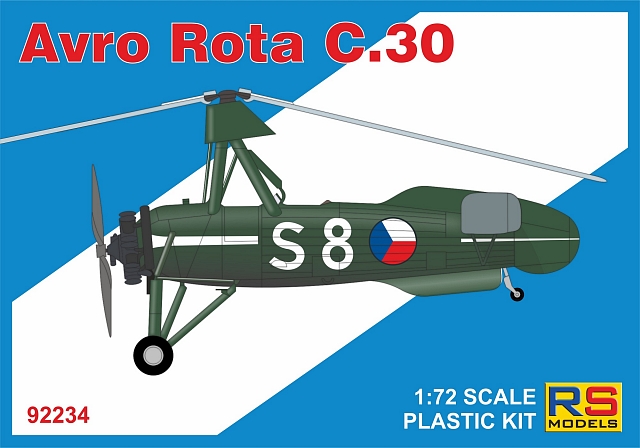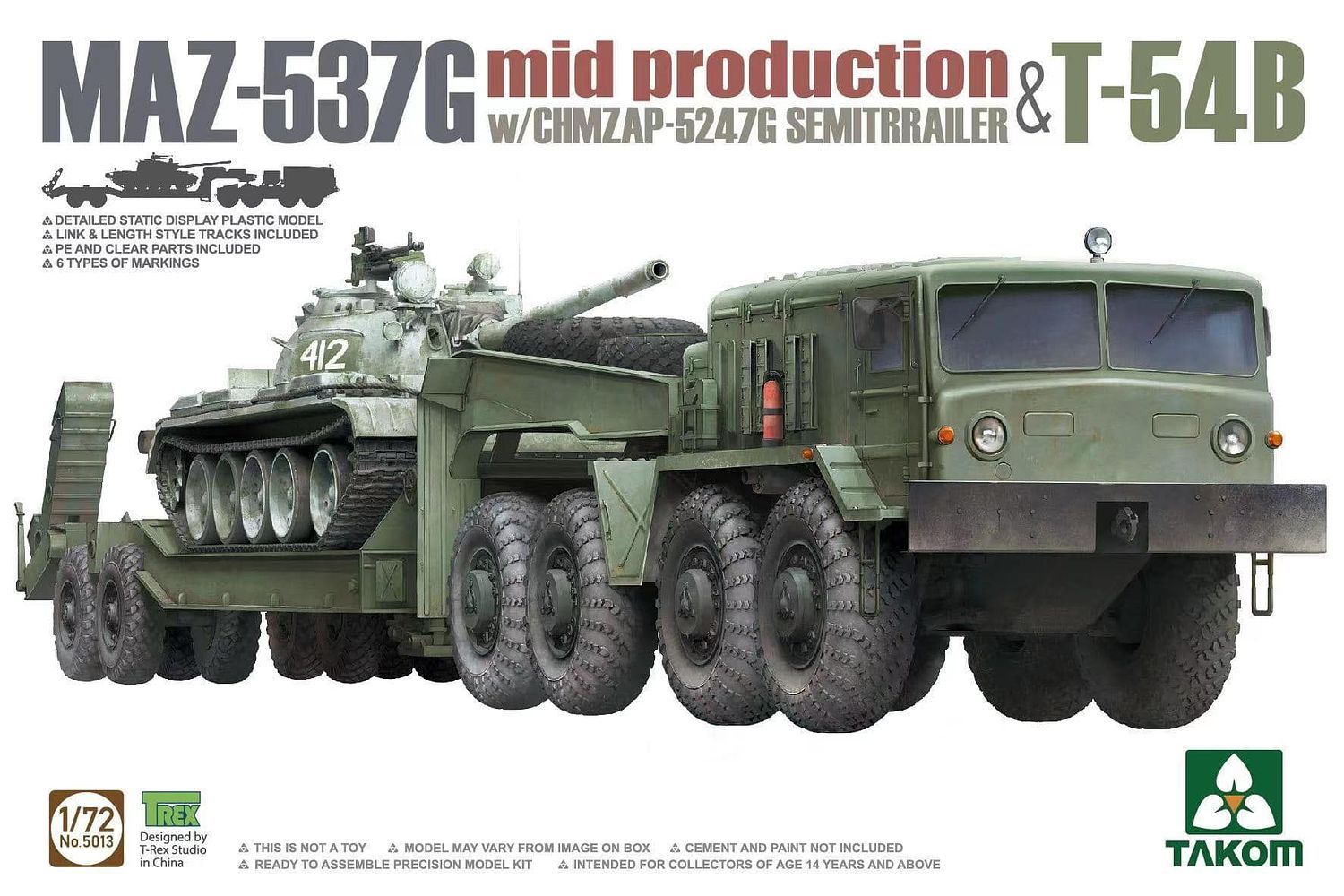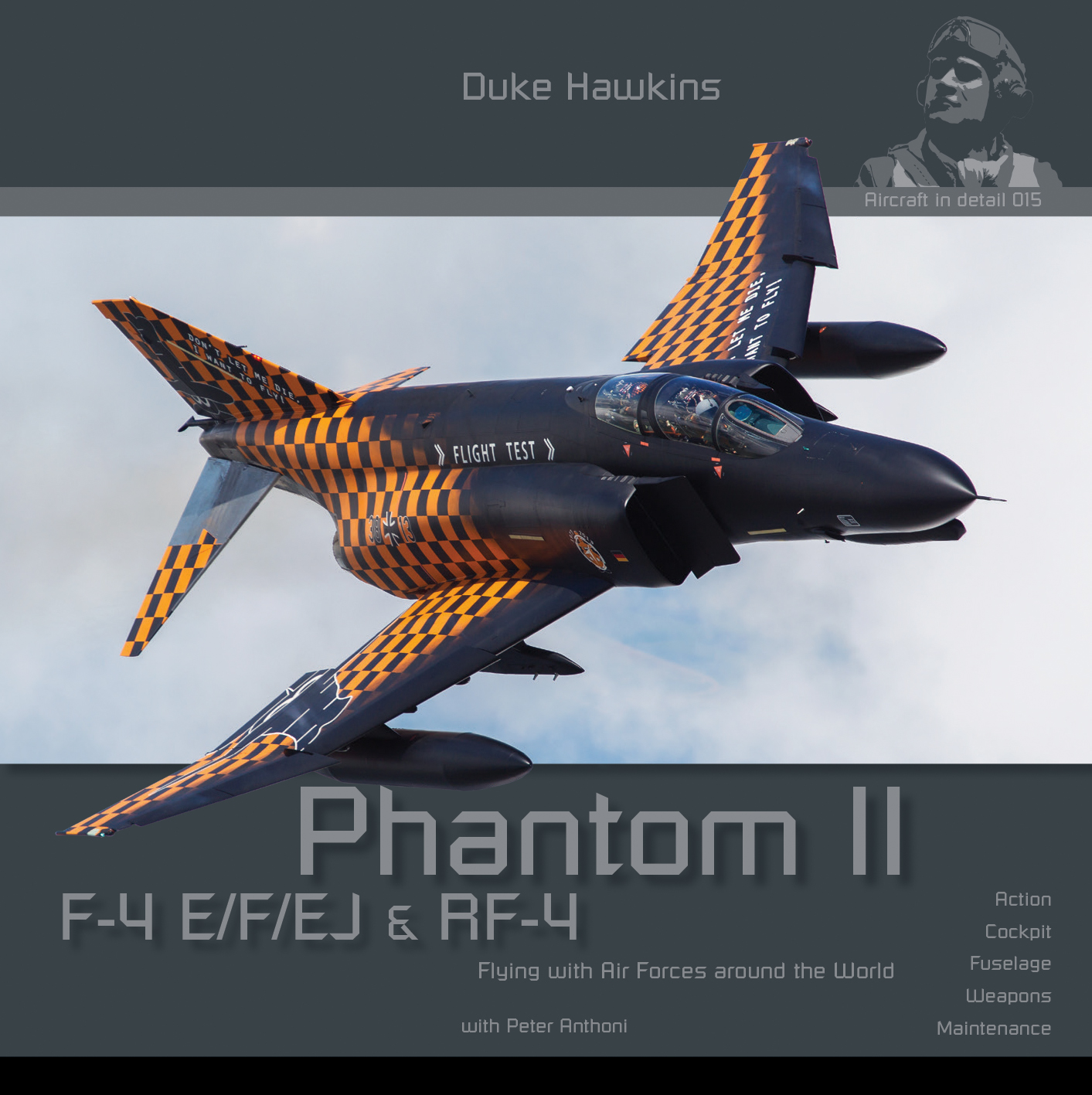Dětské zboží
Celkem 769 produktů
Plastikový model letadla 1/72 Avro Rota C.30A 4 decal v. for Czeczslovak.,RAF, Yugoslavia, Australia. The first production design in the series was the C.30, a radial-engined autogyro with a three-blade, 37 ft (11.3 m) rotor mounted on an aft-leaning tripod, the control column extending into the rear of the two cockpits. The engine was the five-cylinder, 105 hp (78 kW) Armstrong Siddeley Genet Major I used in the C.19 series. The fabric-covered fuselage carried an unbraced tailplane, without elevators but with turned-up tips. The port side of the tailplane had an inverted aerofoil section to counter roll-axis torque produced by the propeller. As with most autogyros, a high vertical tail was precluded by the sagging resting rotor, so the dorsal fin was long and low, extending well aft of the tailplane like a fixed rudder and augmented by a ventral fin. The wide-track undercarriage had a pair of single, wire-braced legs and a small tail wheel was fitted. This model flew in April 1933. It was followed by four improved machines designated C.30P (P here for pre-production) which differed in having a four-legged pyramid rotor mounting and a reinforced undercarriage with three struts per side. The rotor could be folded rearwards for transport. The C.30P used the more powerful (140 hp, 104 kW) seven-cylinder Armstrong Siddeley Genet Major IA radial engine.
Plastikový model letadla 1/72 Avro Rota C.30A 4 decal v. for Czeczslovak.,RAF, Yugoslavia, Australia. The first production design in the series was the C.30, a radial-engined autogyro with a three-blade, 37 ft (11.3 m) rotor mounted on an aft-leaning tripod, the control column extending into the rear of the two cockpits. The engine was the five-cylinder, 105 hp (78 kW) Armstrong Siddeley Genet Major I used in the C.19 series. The fabric-covered fuselage carried an unbraced tailplane, without elevators but with turned-up tips. The port side of the tailplane had an inverted aerofoil section to counter roll-axis torque produced by the propeller. As with most autogyros, a high vertical tail was precluded by the sagging resting rotor, so the dorsal fin was long and low, extending well aft of the tailplane like a fixed rudder and augmented by a ventral fin. The wide-track undercarriage had a pair of single, wire-braced legs and a small tail wheel was fitted. This model flew in April 1933. It was followed by four improved machines designated C.30P (P here for pre-production) which differed in having a four-legged pyramid rotor mounting and a reinforced undercarriage with three struts per side. The rotor could be folded rearwards for transport. The C.30P used the more powerful (140 hp, 104 kW) seven-cylinder Armstrong Siddeley Genet Major IA radial engine.
1/72 2 kits Combo MAZ-537G mid production with CHMZAP-5247G Semitrailer & T-54B - Takom. MAZ-537 je velký vojenský tahač s pohonem 8x8 kol, vybavený vznětovým motorem D12A-525 o objemu 38,9 l a výkonu 525 koní, vyvinutý v Minském automobilovém závodě v Sovětském svazu v 60. letech 20. století. MAZ-537G je typ vybavený navijákem s nosností 15 tun, poprvé vyrobený v roce 1964, a byl provozován jako cisternový transportér, který táhl návěs ChMZAP-5247G a také přepravoval tanky a těžká obrněná pásová vozidla. T-54B je vybaven tankovým kanonem D10T2S vybaveným stabilizátorem STP-2 "Ziklone", zavedením aktivního nočního vidění/zaměřovacího zařízení pro boj v noci a standardní výbavou zařízení pro přejezd pod vodou OPVT. Jedná se o vozidlo, které NATO klasifikovalo a pojmenovalo jako typ zvyšující kapacitu T-54. Stavebnice Takom obsahuje pásy pro T-54B v provedení link-and-length; součástí jsou čiré díly a fotolepty, stejně jako obtisky pro šest verzí. [Obsahuje]: Obsahuje čiré díly, fotoleptané díly, obtisky pro 6 verzí. Nesložený a nenabarvený plastikový model vojenské techniky. K úspěšnému dokončení této stavebnice je zapotřebí dokoupit barvy, lepidlo na plastikové modely, ředidlo, štětce, které nejsou součástí balení.
1/72 2 kits Combo MAZ-537G mid production with CHMZAP-5247G Semitrailer & T-54B - Takom. MAZ-537 je velký vojenský tahač s pohonem 8x8 kol, vybavený vznětovým motorem D12A-525 o objemu 38,9 l a výkonu 525 koní, vyvinutý v Minském automobilovém závodě v Sovětském svazu v 60. letech 20. století. MAZ-537G je typ vybavený navijákem s nosností 15 tun, poprvé vyrobený v roce 1964, a byl provozován jako cisternový transportér, který táhl návěs ChMZAP-5247G a také přepravoval tanky a těžká obrněná pásová vozidla. T-54B je vybaven tankovým kanonem D10T2S vybaveným stabilizátorem STP-2 "Ziklone", zavedením aktivního nočního vidění/zaměřovacího zařízení pro boj v noci a standardní výbavou zařízení pro přejezd pod vodou OPVT. Jedná se o vozidlo, které NATO klasifikovalo a pojmenovalo jako typ zvyšující kapacitu T-54. Stavebnice Takom obsahuje pásy pro T-54B v provedení link-and-length; součástí jsou čiré díly a fotolepty, stejně jako obtisky pro šest verzí. [Obsahuje]: Obsahuje čiré díly, fotoleptané díly, obtisky pro 6 verzí. Nesložený a nenabarvený plastikový model vojenské techniky. K úspěšnému dokončení této stavebnice je zapotřebí dokoupit barvy, lepidlo na plastikové modely, ředidlo, štětce, které nejsou součástí balení.
Duke Hawkins: Phantom II E/F/EJ, RF-4C/E/EJ & QF-4E (196 pages) EN. Probably one of the most iconic fighter jets in the world, the McDonnell Douglas F-4 Phantom II was the first aircraft designed for the US Air Force, Navy and Marine Corps. In this 196 page book, we focus on the landbased versions of the Phantom: the E, F, EJ, RF-4C, RF-4E, RF-4EJ and the colourful QF-4E target drone. In this book, every detail of the aircraft is shown, from the cockpit to the wings, fuselage or landing gear. This book is filled to the rim with high quality photos - some 500 of them ! - of aircraft from different air forces. Separate chapters give a closer look at Phantoms of Greece, Iran, South Korea, Turkey and Germany. Action galore! An extensive chapter is included on the QF-4E Target Drone that was used in the USAF. After their active career, many Phantoms were converted to targets for other fighter jets, shooting them down with life missiles. Prepare for close-ups! As is tradition with our books, the cockpit is an important chapter, showing the cockpits of the F-4F, the upgraded Icaros I and the reconnaisance version of the Phantom II. Some 30 pages are dedicated to the Phantom in service with the Japanese Air Self Defence Force. A lot of action, but also a closer look at the F-4EJ Kai upgraded version. The JASDF also operated the Phantom in the reconnaissance role; not just as an RF-4E, but also converted F-4EJs, equipped with different reconnaissance pods. Every pod is included in this book!


